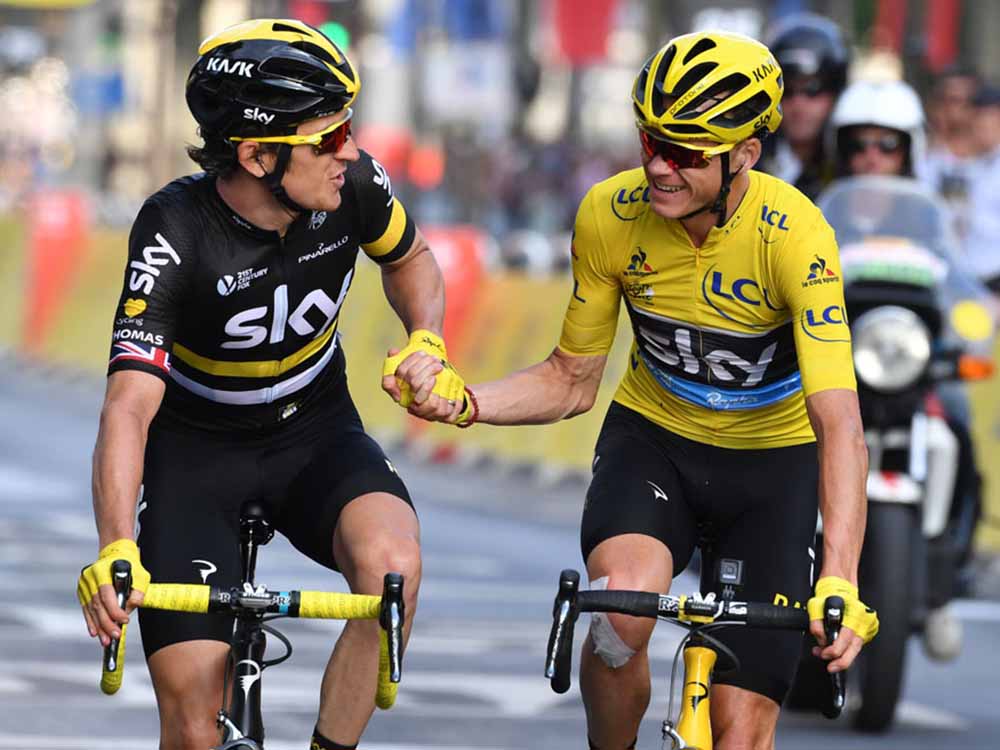The 2016 Tour de France – A Grueling Journey through France’s Landscapes
The 2016 Tour de France, the 103rd edition of this iconic cycling race, delivered three weeks of breathtaking action, stunning scenery, and incredible athleticism. As riders from around the world took on this grueling challenge, the Tour once again proved its status as one of the most prestigious events in professional cycling.
A Brief Overview of the Tour de France
The Tour de France is a three-week-long bicycle race held annually in France and occasionally neighboring countries. It consists of multiple stages, each with its unique challenges. The race is divided into flat stages, hilly stages, and high-mountain stages, often culminating with an individual time trial.
The 2016 edition covered a total distance of 3,529 kilometers, featuring 21 stages, starting in Mont-Saint-Michel and finishing, as is traditional, in Paris along the Champs-Élysées.
Chris Froome’s Triumph and Dominance
British cyclist Chris Froome, representing Team Sky, emerged as the dominant force in the 2016 Tour de France. Froome had previously won the Tour in 2013 and 2015 and was aiming to secure his third victory.
Froome’s performance was characterized by his exceptional climbing abilities and strategic prowess. He secured the Yellow Jersey, awarded to the overall race leader, early in the race and never relinquished it. Despite fierce competition, including a strong challenge from Nairo Quintana, Froome maintained his lead throughout the grueling mountain stages and preserved his position in the individual time trial.
Iconic Stages and Climbs
The 2016 Tour de France featured several iconic stages and challenging climbs that tested the riders’ endurance and determination. Notable stages included the ascent of Mont Ventoux, one of the Tour’s most famous climbs, where strong winds and adverse weather conditions added to the difficulty.
The high-mountain stages, including those in the Pyrenees and the Alps, showcased breathtaking landscapes and saw Froome and other contenders battling steep gradients and thinning air. These stages often proved decisive in shaping the race’s outcome.
The Joy of Paris and Celebrating the Yellow Jersey
The Tour de France concluded with its traditional finish on the Champs-Élysées in Paris. As Chris Froome crossed the finish line, he celebrated his third Tour de France victory, cementing his status as one of the era’s greatest cyclists. The Yellow Jersey, synonymous with the race leader, was his to wear.
The Champs-Élysées stage is also a moment of celebration for the sprinters, and Mark Cavendish didn’t disappoint. The British rider secured his 30th stage win at the Tour, an incredible achievement.
In conclusion, the 2016 Tour de France was a showcase of endurance, strategy, and determination. Chris Froome’s dominant performance, the breathtaking stages, and the enduring appeal of the Yellow Jersey made this edition a memorable chapter in the history of this prestigious race.











